Oman, a nation steeped in history and tradition, is a cultural gem on the Arabian Peninsula. From its strategic position along ancient trade routes to its role in maritime exploration, Oman has a rich tapestry of heritage that is beautifully preserved in its forts, castles, and museums. This guide explores Oman’s cultural heritage, taking you on a journey from ancient forts that whisper tales of the past to modern museums that showcase the nation’s evolution.
The Significance of Forts in Omani History
Forts and castles are integral to Oman’s landscape and history. They served as defensive strongholds, administrative centers, and symbols of power. Many of these structures date back centuries and have been meticulously restored, offering a glimpse into the architectural prowess and way of life in historical Oman.
Top Ancient Forts to Explore
1. Nizwa Fort
Overview: Built in the 17th century by Imam Sultan bin Saif Al Ya’rubi, Nizwa Fort is one of the most visited national monuments in Oman. Its massive circular tower, soaring over 30 meters high, was designed to withstand intense barrages.
Highlights:
- Architecture: Features traps, false doors, and secret shafts used for defense.
- Exhibits: Houses a museum showcasing traditional Omani life.
- View: Offers panoramic vistas of Nizwa and the surrounding date plantations.
.jpg)
2. Bahla Fort
Overview: A UNESCO World Heritage Site, Bahla Fort is one of the oldest and largest forts in Oman. It dates back to the 13th century during the Banu Nabhan dynasty.
Highlights:
- Restoration: Extensive restoration efforts have preserved its mud-brick walls.
- Cultural Significance: Represents the height of medieval fortification in the region.
- Nearby Attractions: The Bahla Souq and traditional pottery workshops.
.jpg)
3. Jabrin Castle (Jibreen Castle)
Overview: Built-in 1675 by Imam Bil’arab bin Sultan, Jabrin Castle is a stunning example of Islamic architecture and artistry.
Highlights:
- Interior Design: Elaborate carvings, frescoes, and decorative ceilings.
- Educational Purpose: Served as a center for learning with classrooms and a library.
- Features: Secret passageways, dungeons, and a falaj (irrigation) system.

4. Al Hazm Castle
Overview: Located in the Al Rustaq province, Al Hazm Castle is renowned for its impressive gates and massive wooden doors adorned with inscriptions.
Highlights:
- Architecture: Unique for its straight lines and lack of traditional towers.
- Restoration: Equipped with interactive displays for visitors.
- Surroundings: Lush gardens and water channels.

5. Mutrah Fort
Overview: Overlooking the Mutrah Corniche in Muscat, this fort was built by the Portuguese in the 16th century.
Highlights:
- Strategic Location: Provided defense for Muscat’s harbor.
- Accessibility: Offers panoramic views of the sea and city.
- Cultural Fusion: Reflects Oman’s interactions with European powers.
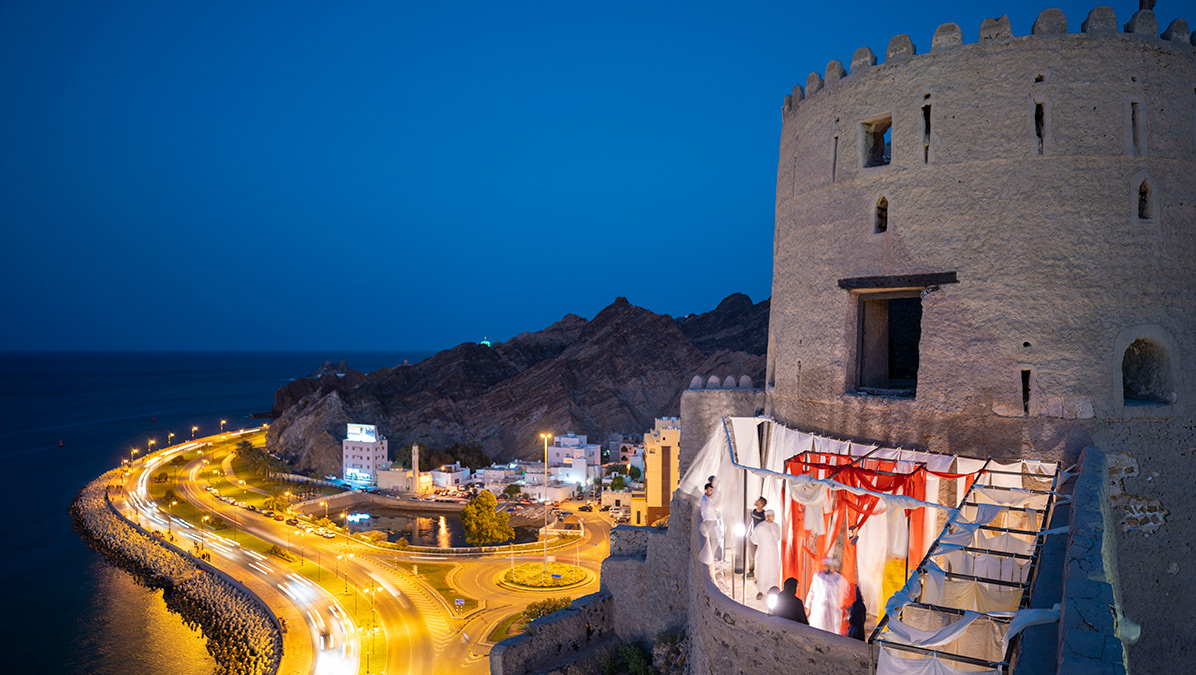
Modern Museums Showcasing Omani Heritage
1. The National Museum of Oman
Overview: Opened in 2016 in Muscat, the National Museum is the flagship cultural institution showcasing Oman’s heritage from the earliest human settlement to the present day.
Highlights:
- Galleries: Over 14 permanent galleries covering topics like Maritime History, Arms and Armour, and Prehistory.
- Interactive Displays: State-of-the-art technology for an engaging visitor experience.
- Conservation Efforts: Houses conservation facilities and educational programs.
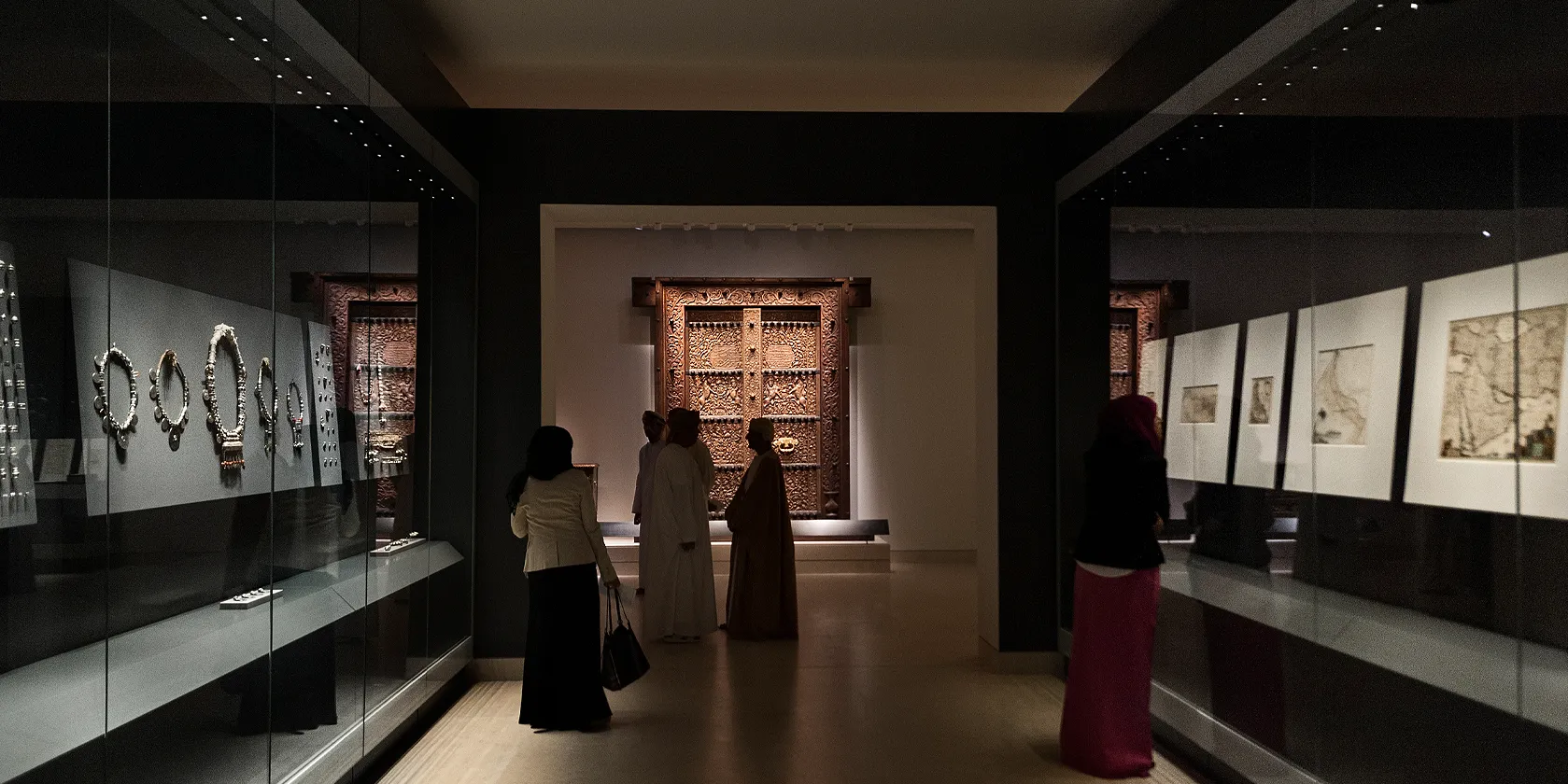
2. Bait Al Zubair Museum
Overview: A private museum in Muscat, Bait Al Zubair displays the Zubair family’s collection of Omani artifacts.
Highlights:
- Collections: Traditional weapons, jewelry, costumes, and household items.
- Cultural Center: Hosts art exhibitions and cultural events.
- Architecture: Traditional Omani houses converted into galleries.
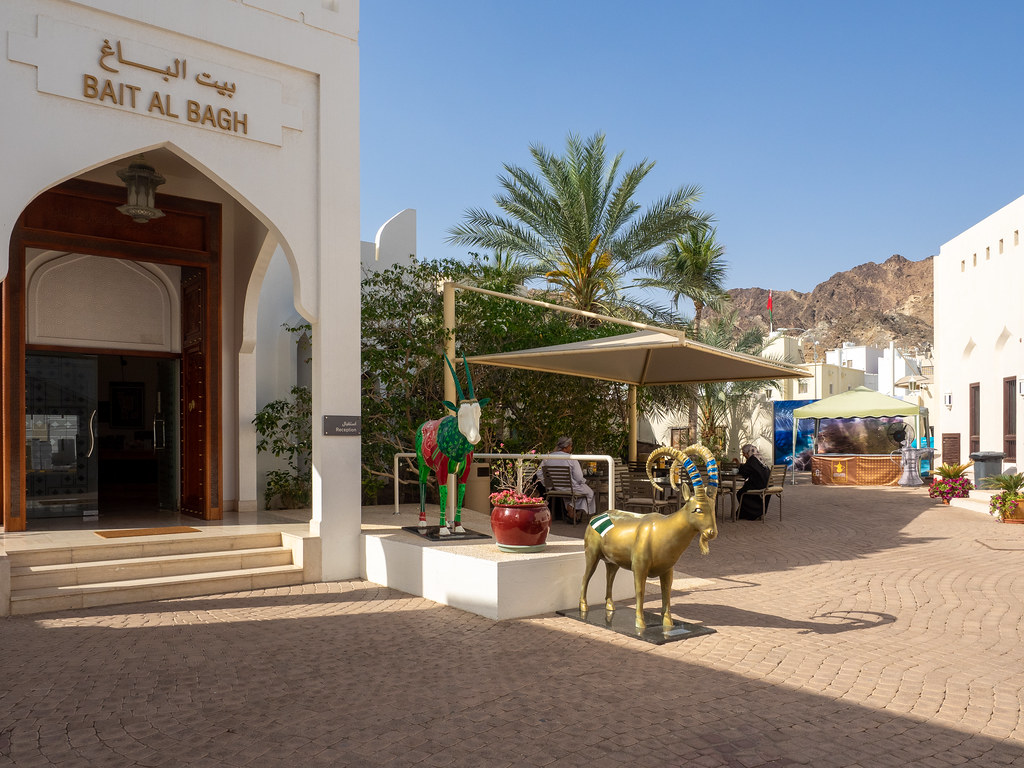
3. Sultan’s Armed Forces Museum
Overview: Located in the historic Bait Al Falaj Fort in Muscat, the museum chronicles the military history of Oman.
Highlights:
- Exhibits: Displays weapons, military vehicles, and historical documents.
- Historical Context: Provides insights into Oman’s conflicts and peacekeeping efforts.
- Surroundings: The fort itself is a historical landmark.
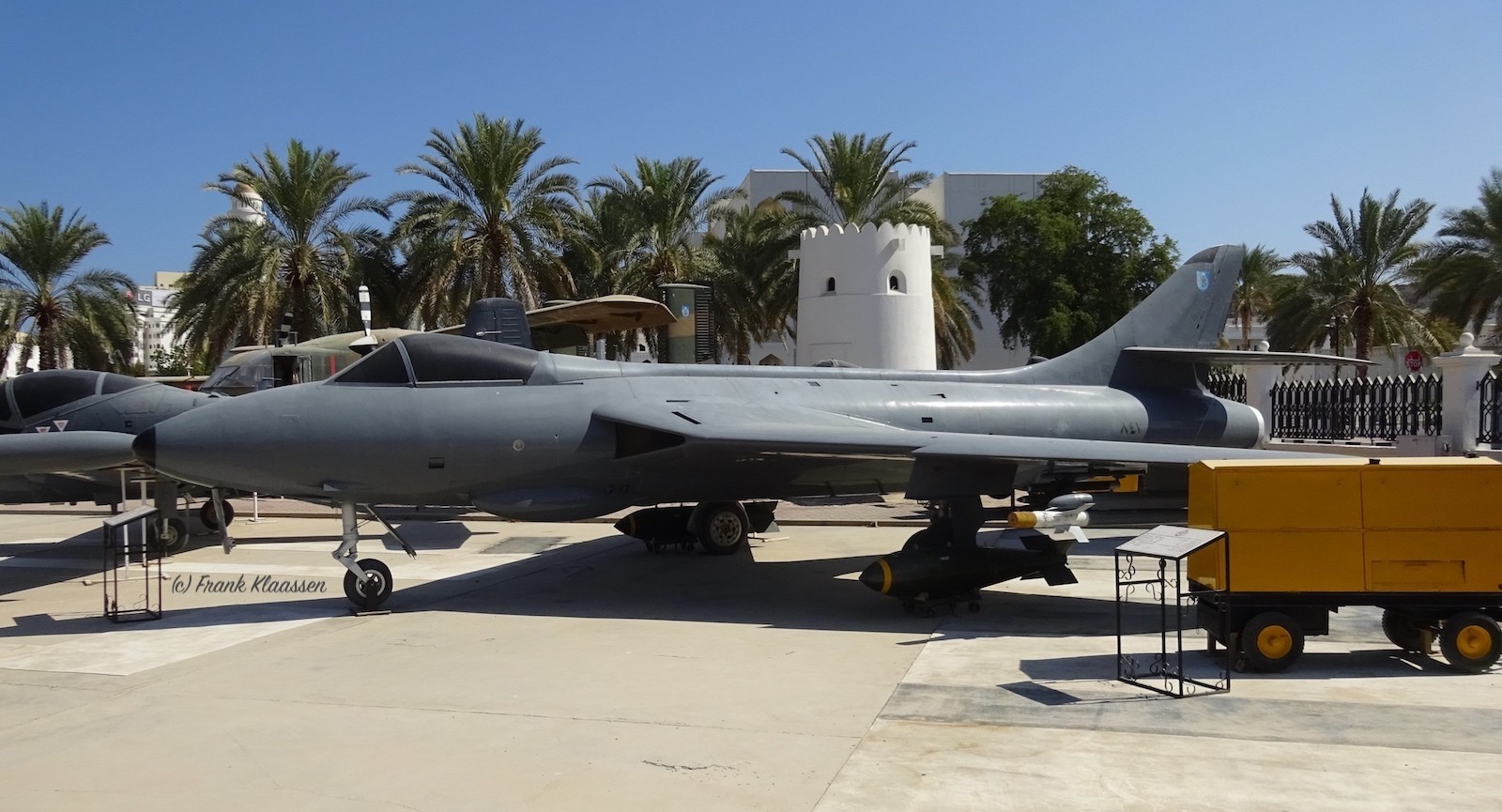
4. Omani-French Museum
Overview: Housed in a building that was once the French Consul’s residence, this museum celebrates the historical ties between Oman and France.
Highlights:
- Exhibits: Photographs, documents, and artifacts highlighting diplomatic relations.
- Architecture: An example of traditional Omani residential design.
- Location: Situated in Muscat’s old town, near other historical sites.

5. The Children’s Museum
Overview: Opened in 1990, this museum in Muscat is designed to educate children about science and technology.
Highlights:
- Interactive Exhibits: Hands-on displays covering various scientific principles.
- Educational Programs: Workshops and activities for school groups.
- Architecture: Notable for its two domes resembling a pair of giant eyeballs.
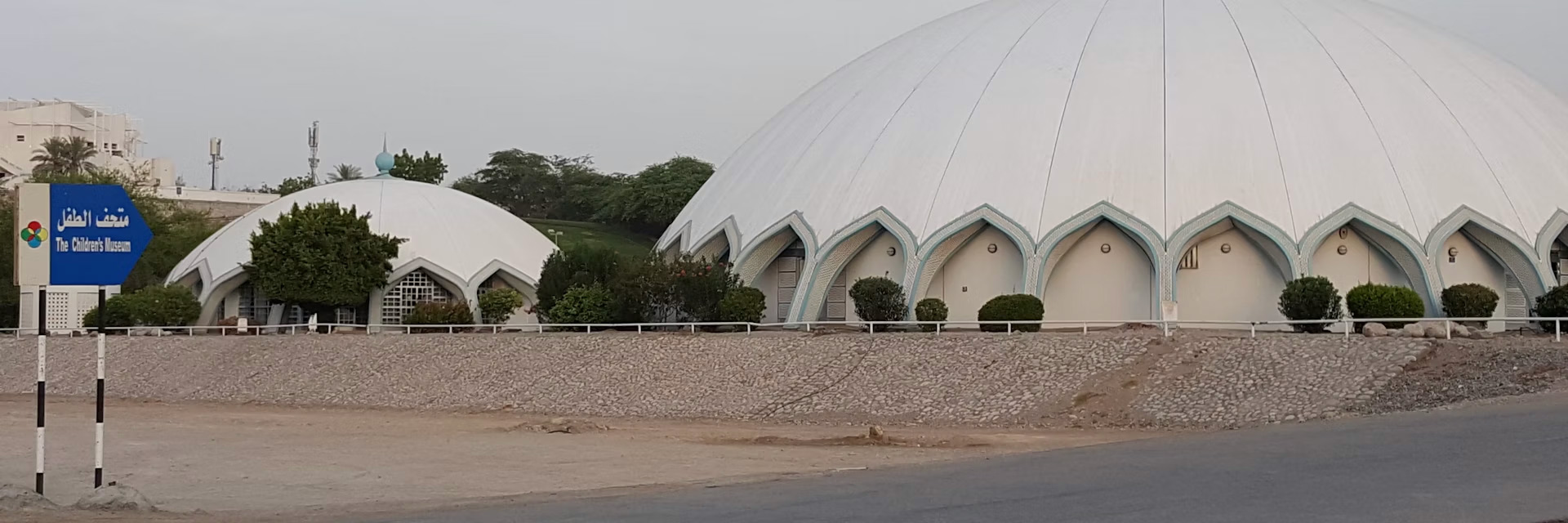
Cultural Experiences and Heritage Sites
Mutrah Souq
One of the oldest marketplaces in Oman, Mutrah Souq is a labyrinth of narrow alleys filled with the scent of frankincense and the bustle of trade. It’s an excellent place to experience traditional commerce and purchase handicrafts.
.jpg)
Sultan Qaboos Grand Mosque
A masterpiece of modern Islamic architecture, the mosque is open to non-Muslim visitors and offers insights into Islamic art and culture.
.jpg)
Al Alam Palace
The ceremonial palace of the Sultan, Al Alam Palace is a striking example of contemporary Islamic design, though not open to the public, it can be viewed from the outside.
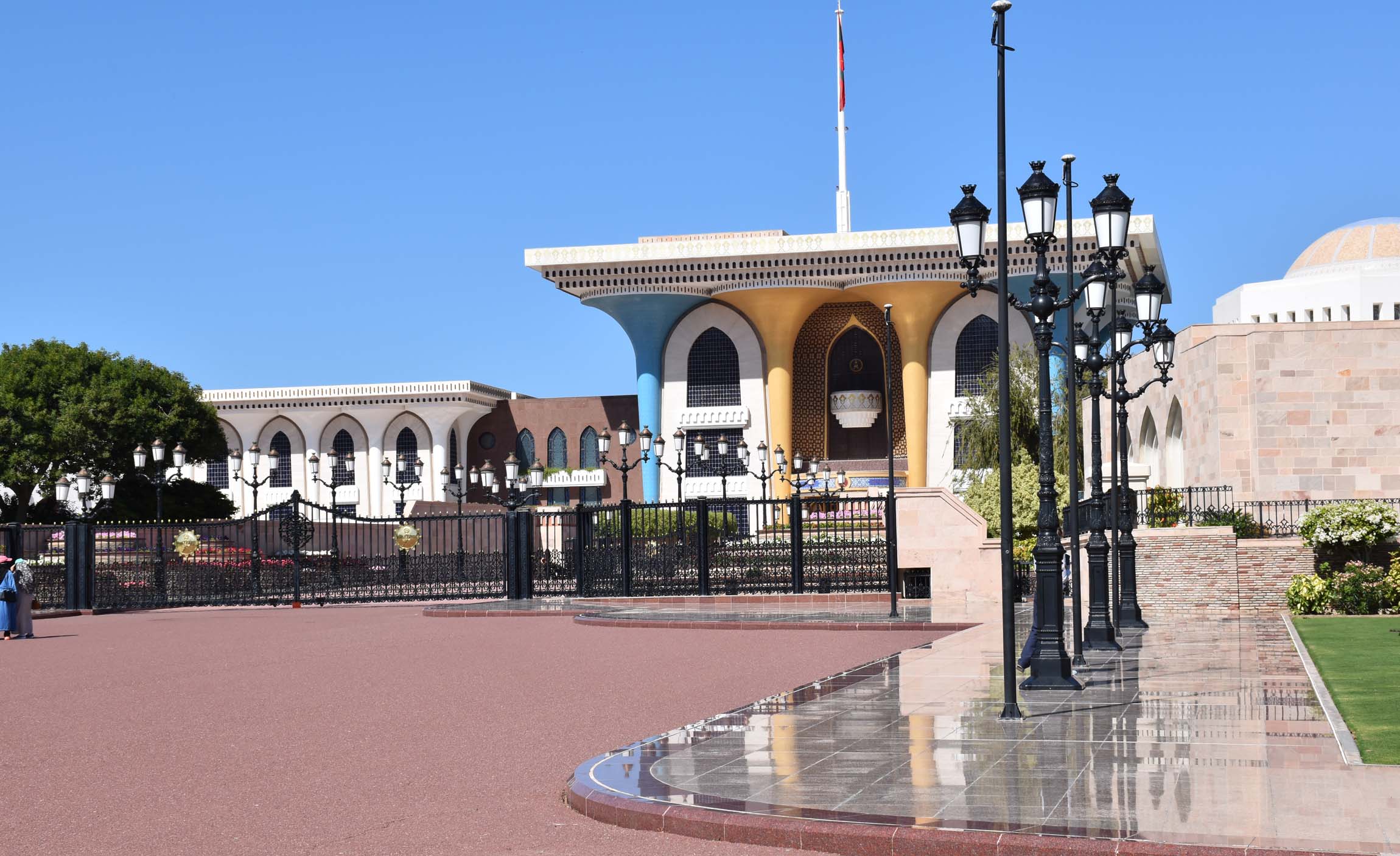
Al Baleed Archaeological Park
Located in Salalah, this UNESCO World Heritage Site features the ruins of an ancient port city important in the frankincense trade.

Understanding Oman’s Cultural Preservation
Oman places great emphasis on preserving its cultural heritage while embracing modernization. The country’s commitment is evident in its meticulous restoration projects and the establishment of museums that serve educational purposes.
Restoration Efforts
- Authenticity: Restoration projects aim to use original materials and traditional techniques.
- Community Involvement: Local communities often participate in preservation efforts, fostering a sense of ownership and pride.
Cultural Events
- Muscat Festival: An annual celebration featuring traditional arts, music, and performances.
- Salalah Tourism Festival: Highlights the culture and heritage of the Dhofar region during the monsoon season.
Practical Information for Visitors
Visiting Forts and Museums
- Opening Hours: Typically open from Saturday to Thursday, with shorter hours on Fridays.
- Dress Code: Modest attire is recommended, especially when visiting religious sites.
- Guided Tours: Available at most sites, offering deeper insights into history and architecture.
- Admission Fees: Nominal fees may apply; some sites offer discounts for students and groups.
Cultural Etiquette
- Respect: Always ask for permission before photographing people.
- Footwear: Remove shoes when entering mosques or private areas if required.
- Language: While Arabic is the official language, English is widely spoken in tourist areas.
Conclusion
Oman’s cultural heritage is a rich mosaic of history, art, and tradition. From the imposing walls of ancient forts that have withstood the test of time to modern museums that celebrate the nation’s journey, Oman offers a captivating exploration of its past and present. By visiting these sites, travelers not only witness the architectural and artistic achievements but also gain a deeper understanding of the Omani spirit and identity.
Embark on a cultural journey through Oman and discover the stories etched in stone, the legends passed down through generations, and the vibrant culture that continues to thrive in this enchanting country.
We hope this guide enriches your cultural exploration of Oman. Safe travels and happy discovery!
